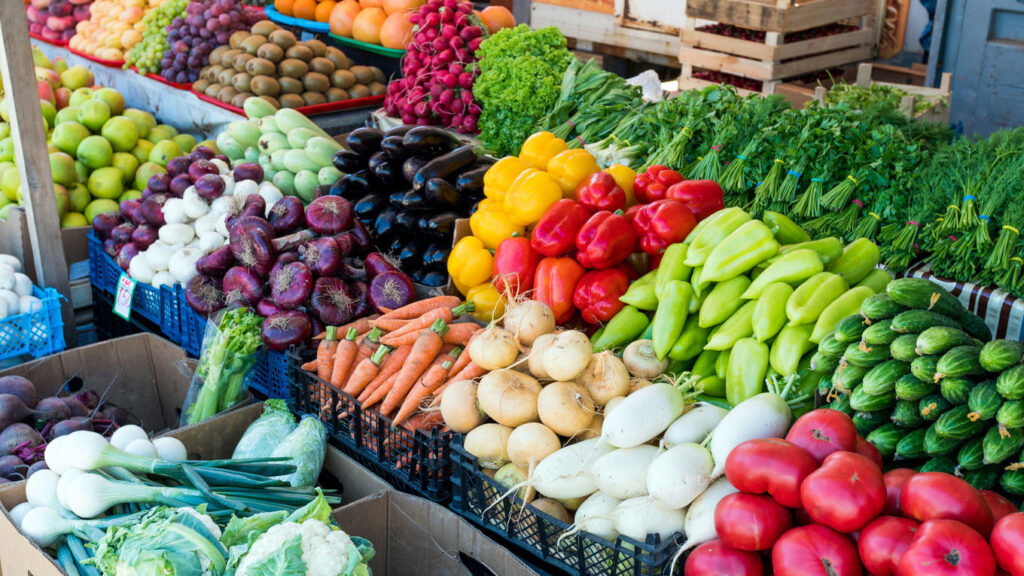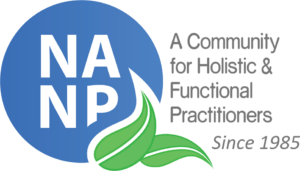Connecting Clients to Local Farmers Markets

Summer is winding down, but I was reminded of the bounty of the season this weekend at our local farmers’ market. As holistic nutrition professionals, real food is the cornerstone of what we teach and live, and where that food comes from matters just as much as what’s on the plate, what we serve to nourish our body and soul. One of the simplest and most impactful recommendations we can make to our clients is to shop at their local farmers’ market. I always provide a list of resources to my clients to help them get started on their real food journey.
Farmers’ markets offer fresh, seasonal, and nutrient-dense foods that are often grown without synthetic pesticides or heavy processing. These markets connect our clients with local farmers, build community resilience, and support a more sustainable food system, core values that align with holistic nutrition principles.
In addition to providing high-quality produce, many farmers’ markets across the country now accept Supplemental Nutrition Assistance Program (SNAP) and Electronic Benefits Transfer (EBT) benefits, making them more accessible to clients of all income levels. Some even offer matching dollar programs, which can stretch food budgets while encouraging healthier eating habits.
I make it a regular part of my practice to guide clients toward farmers’ markets, not just for the food, but for the education, empowerment, and connection they offer. It’s a small recommendation with far-reaching benefits.
Below you will find a list of national resources that you and your clients can use to locate and access farmers’ markets throughout the United States, including those that accept SNAP/EBT and offer incentive programs:
1. USDA Farmers Market Directory
Website: https://www.usdalocalfoodportal.com/
This is a comprehensive, searchable directory of over 8,600 farmers’ markets across the country. You can filter results by location, products offered, and whether the market accepts SNAP, WIC, or SFMNP benefits.
2. LocalHarvest.org
Website: https://www.localharvest.org/
LocalHarvest provides detailed listings of farmers’ markets, CSAs (Community Supported Agriculture), co-ops, and small farms. It’s a great tool to help clients connect with local food sources year-round.
3. MarketLink (for SNAP/EBT info)
Website: https://marketlink.org/
Primarily designed to help farmers and market managers accept EBT payments, but includes tools to locate EBT-friendly markets.
4. Double Up Food Bucks Program
Website: https://doubleupamerica.org/
This program doubles the value of SNAP/EBT dollars spent on fresh produce at participating farmers’ markets in over 25 states. The website includes a location finder so clients can search by ZIP code.
5. State and City Resources
Encourage clients to check their local Department of Agriculture, food policy councils, or county health departments, which often maintain updated lists of markets and programs available in specific cities or regions.
These are a few resources that not only support your clients in accessing fresher, healthier foods but also promote food equity and sustainability. Including them in your client materials, discussions, or intake packets can make a meaningful difference.
